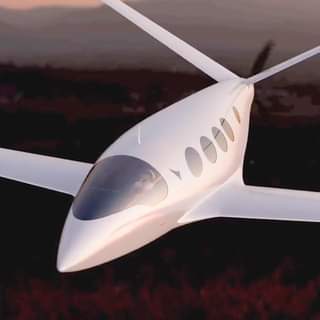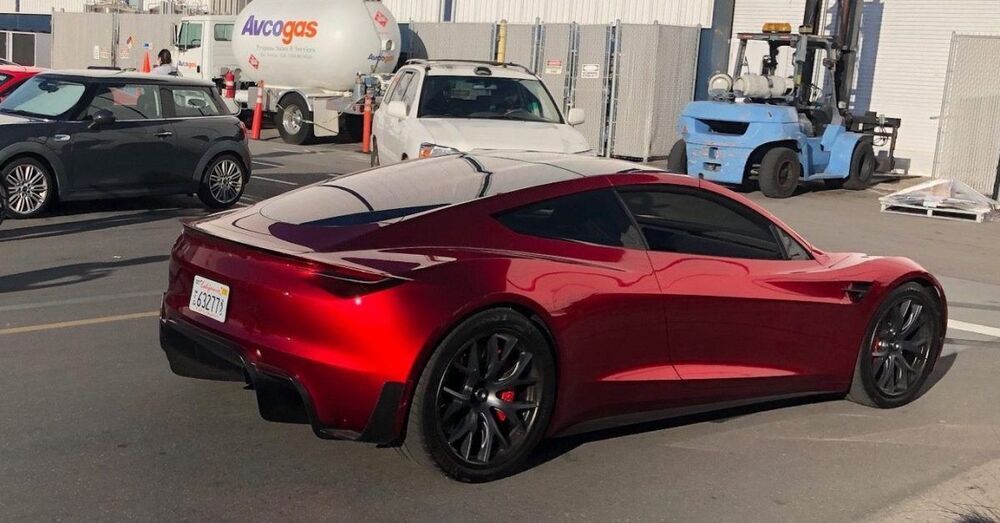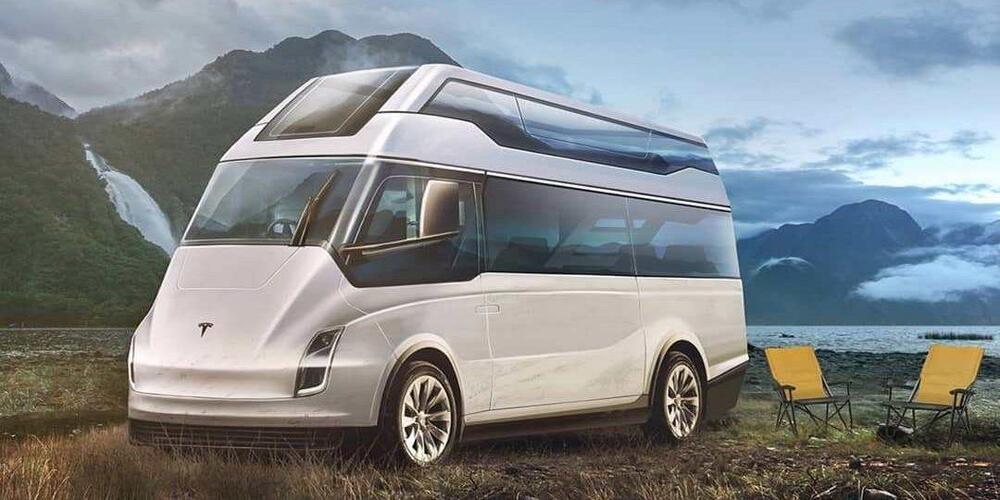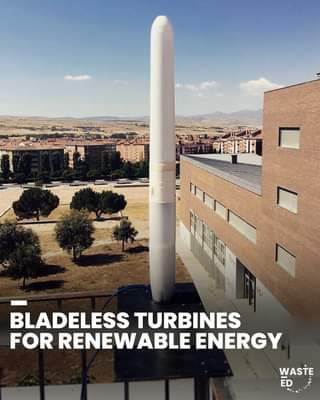Eviation’s Alice is the world’s first full-size, all-electric passenger plane.


In a recent interview, he said the next big disasters facing humanity are climate change and bioterrorism.
Gates was asked about the next crises the world may have to confront.

Elon Musk is serious about making the upcoming Tesla Roadster “hover” with rocket technology in new comments about the electric supercar.
When first unveiling the vehicle, Tesla claimed a list of impressive specs for its new Roadster, including 0–60 mph in 1.9 sec, 620-mile of range, and more.
The CEO has been also teasing those specs as the “base specs,” and other versions should have even crazier performance.

Tesla CEO Elon Musk gave some details about the prospective electric van that the company could develop in the coming years. In an interview with Joe Rogan on the comedian’s podcast, the Joe Rogan Experience, Musk indicated that a van’s design would be more favorable to equip solar panels for stationary charging.
During Tesla’s Q4 2020 Earnings Call, TBC Capital Markets analyst Joseph Spak asked Musk about the possibility of developing an all-electric van. Vans have become a major player in the EV space since Rivian was contracted by e-commerce giant Amazon to build 100000 electric delivery vans. The vans have recently started testing in Southern California. Ford also developed an electric version of its Transit van.
The prospect of Tesla developing an electric van was confirmed by Musk during the Earnings Call.


Air conditioners and other cooling systems are among our biggest consumers of electricity, so finding ways to passively cool buildings will be important in our increasingly warmer future. Now, researchers at the University at Buffalo have developed a prototype hybrid device that can not only cool buildings drastically without using electricity, it can capture solar energy to heat water.
Created in many forms over the years, radiative cooling systems absorb heat from inside a room or building, and emit it in infrared waves towards the sky. At those wavelengths, the Earth’s atmosphere is “invisible” to the radiation, meaning there’s nothing stopping the heat from venting directly into the cold of outer space.
These devices use panels made of materials that can absorb and emit the heat. The logical way to orient these thermal emitter panels is to have one face pointing towards the sky, like a solar panel, but the team on the new study says that’s not the most efficient method. The panels emit heat from both sides, so in that position some of the heat is being emitted back towards the ground.


Three-dimensional “bio-printing” and real cow cells — an achievement that’s prompting the Israeli startup to eye other meat…The firm’s technology prints living cells that are incubated to grow, differentiate and interact to acquire the texture and qualities of a real steak. “It incorporates muscle and fat similar to its slaughtered counterpart,” Aleph Farms said, adding that the product boasts the same attributes “of a delicious tender, juicy ribeye steak you’d buy from the butcher.”
Flip flops from plants. 😃
Researchers at the University of California San Diego have figured out how to turn algae into flip flops. They founded a startup to sell the shoe, but face a challenge in getting their invention mass produced: There aren’t enough algae farms to support the startup’s supply chain.
MORE WORLD WIDE WASTE VIDEOS:
How Avocado Waste Is Turned Into Plastic | World Wide Waste.
This $500 Designer Handbag Is Made From Aluminum Cans | World Wide Waste.
https://www.youtube.com/watch?v=GHYGvCxsmuc.
How Old Tires Are Turned Into Electricity | World Wide Waste.
#Algae #Pollution #BusinessInsider.
Business Insider tells you all you need to know about business, finance, tech, retail, and more.

Solar powered bikes for use in fighting poaching. 😃
What’s even more badass than defending endangered animals from illegal poaching? How about rolling up on a stealthy solar-powered bush bike made specifically to sneak up on poachers and bust their asses? These electric motorcycles are light, nimble, rechargeable and best of all zero-emissions. Get wrecked, poachers!